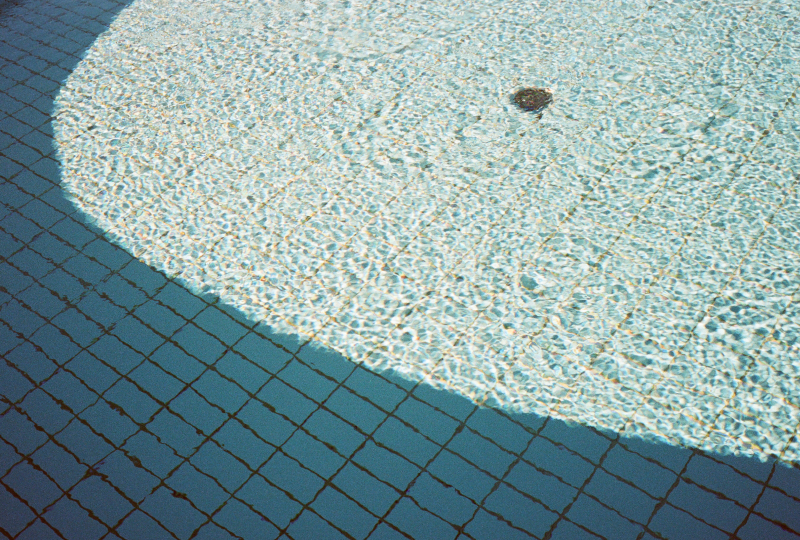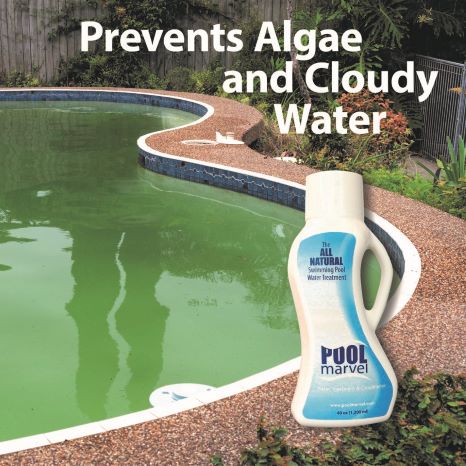
Pool Leaks
Usually, pool leaks occur because of structural damage, plumbing issues, or chemical imbalances. Regardless of the cause, promptly addressing the leak is key to avoiding more significant pool damage and money loss.
Causes Of Pool Leaks
Pool leaks typically occur in the following areas: pool lines, pool pumps, pool filters, underground plumbing, or pool skimmers. If you think more than a half inch of water is exiting your pool daily, there’s likely a pool leak somewhere.
The most common causes of pool leaks include:
The Surrounding Environment
After a pool is built, the surrounding ground can take time to settle. If the soil settles unevenly, cracks can occur in the underground plumbing or pool floor, eventually leading to leaks.
Temperature changes caused by the freeze-thaw cycle can create cracks and pool damage, resulting in leaks. Seismic pressure can also cause swimming pool structural damage – leading to cracks and leaks. Often, pool owners have no idea that a tremor has even happened.
Structural Damage
A pool that’s poorly constructed can have structural leaks. Typically, cracks start small but can worsen over time, creating more extensive, expensive structural problems.
Structural damage is noticeable as cracks in concrete or fibreglass pools and around lights, returns, and other fixtures.
Plumbing Issues
The pool’s plumbing system is one of the most common areas for a leak.
There’s likely a leak when there’s aging pool equipment with worn-out plumbing connections, broken pipes, loose or damaged fittings, or deteriorating seals. An inconsistent leak is likely due to older pool equipment, commonly the pool pump. Although this type of leak can begin as a drip, it can quickly become a noticeable leak.
Chemical Imbalances
Having imbalanced chemicals can damage pool equipment over time and result in a leaking pool. Make sure to balance your pool water.

Signs Of A Leaking Pool
1. Fluctuating Water Levels
The most obvious sign of a pool leak is rapid water loss. Although some water loss is expected due to evaporation, an excessive amount indicates there is a leak.
2. Visible Cracks and Tile Movement
An underground leak can occur when there’s damage to the pool’s structure. The leaking water can cause the ground underneath to shift, which in turn causes cracks or falling tiles. Small, difficult-to-see cracks are generally harmless, but as the settling worsens, cracks or gaps in the bond beam can present.
3. Wet Areas in the Yard
The surrounding landscaping can begin shifting and sinking when water leaks from the pool. Indications include soft, squishy ground or uneven grass growth around the pool.
4. High Water Bills
If you have an autofill and it’s constantly running, you will have a higher-than-usual water bill. This is an indication that you have a pool leak.
5. Standing Water
Finding water or corrosion at the pump or around the plumbing is a definite indication of a leaky pool.
How To Determine If You Have A Pool Leak
1. Measure Your Water Loss
Fill your pool to its normal level, and mark it with vinyl tape. Wait one week before measuring the difference between the original water line and the current water level.
You likely have a pool leak if there are more than two inches of water loss. Any less is typically due to water evaporation.
2. Double-Check by Completing the Pool Leak Bucket Test
Fill your pool to its normal level and use vinyl tape to mark the pool water level.
Get a bucket and fill it three-quarters full of water. Use vinyl tape to mark the water level inside the bucket and place the bucket on one of the top steps in your pool. Wait 24-48 hours before comparing the two water levels.
There’s water loss if the pool water level has dropped more than the bucket water level. There’s no leak present if the two amounts are the same.
How To Find A Pool Leak
1. Perform a Visual Inspection
Check for noticeable leaks on the pool equipment while the pump is on and off. An unexpected spray or drip from pool equipment could be a telltale sign of a leak.
If there’s no apparent leak from your equipment, turn off your pump and plug all your pool lines. If you’re still losing water, the leak is in the pool rather than the plumbing lines or filter system. Inspect skimmer faceplates for damage or loose connections.
Make sure to tighten all the screws around the skimmer faceplate and replace damaged skimmer gaskets.
With the pump and filtration system off, complete an inspection of the pool structure. Enter the pool and inspect the edges and floor for any visible cracks or damage.
2. Apply Leak Detector Dye to Confirm the Leak’s Location
Ensure the water is still before applying a leak detector dye to any integrated parts or plumbing fixtures. The dye from a pool leak detection kit will naturally seep through the crack if a leak is present.
Repeat the dye test in any areas of the pool where you suspect a pool leak repair is necessary. More than one leak site may be present.
3. Inspect for Leaks in the Plumbing
If you suspect that your pool is leaking from one of the pool lines, you’ll have to determine if the leak is from the return lines or the skimmer lines:
- Remove the eyeball fittings from your return jets and replace them with rubber plugs. Wait 24-48 hours. The leak is in your return lines if the water has decreased in the pool.
- Remove the plugs from the return jets, and put them in your skimmers. Wait 24-48 hours. If the leak stops, the leak is in the skimmer line. A pressure line test will need to be performed and is best completed by a pool professional.
How To Fix A Pool Leak
How to Fix a Leak in a Concrete Pool
When a concrete pool has a crack or fissure in the pool surface, it should be repaired immediately. Otherwise, further damage to the pool – such as detached decorative tiles and fittings – can result.
Concrete pools with traditional perimeter tile bands commonly leak from the skimmer. A pool putty can be temporarily used to contain a leaking concrete skimmer. Chip out the plaster before repairing the damaged section with a plaster repair kit for a more permanent solution.
Less commonly, pool leaks can occur through a crack in the top of the pool wall. Clean and dry the area, then inject a flexible polymer adhesive into the crack while the pool is filled with water.
Large, deep surface cracks (such as those found across the pool or down the walls) can leak – which can be confirmed using the dye test. To repair most small cracks, fill the crack with pool putty, silicone, or plaster mix.
Larger cracks will require extensive preparation and a two-stage repair of injected sealant, then a final coat of plaster mix.
How to Fix a Leak in an Above Ground Pool
1. Carefully clean the area surrounding the leak using a soft cloth.
2. Apply a vinyl plastic pool patch according to the manufacturer’s directions. Typically, you’ll want to cut your patch 3-4 inches bigger than the hole or crack you’re repairing. Either apply the adhesive to the back of your patch kit or peel off the back of your peel-and-stick patch.
3. Place the patch firmly over the hole and press down securely to remove any air bubbles or water underneath the patch.
4. Wait at least half an hour for the patch to bond securely to the side of your pool.
How to Fix a Leak in a Vinyl Pool
If you’ve found a leak in your pool liner, you should fix it as soon as possible to prevent the leak from spreading.
Often, a vinyl patch kit or clear vinyl sealant can be used to fix a leak in a pool liner.
How to Fix a Leak in a Fibreglass Pool
Repairing and repainting the fissures using a fibreglass repair kit will help prevent the leak from spreading.
1. Drain the pool to below the leak level. Wait for the area around the crack or bulge to dry out.
2. Sand the area to eliminate any loose dirt or peeling paint.
3. Apply acetone to remove any residual dust.
4. Mix the bond coat according to the manufacturer’s directions and apply it to the cut-out area. Allow it to dry until it’s tacky.
5. Mix the putty with the catalyst included in your repair kit. Use a putty knife to apply the mixture to the cut-out area. Wait for the putty to set.
6. Sand the area smoothly, then wipe it again with acetone. Surround the repair area with about two inches of masking tape.
7. Apply a gel coat within the masked-off area using a paint roller or an air sprayer for a smoother coat. Remove any air bubbles and folds with a ribbed roller. Wait for the area to dry completely.
8. Take off the masking tape, then sand the surface once more.
9. Apply the sealant and leave it to dry completely – at least 2-3 days.
10. Refill the pool to the proper water level.

